Garden Pathways. Much more than just stepping stones.
When you think of garden pathways what do you first typically think about? Perhaps a simple concrete or paver pathway that keeps your shoes free from mud as you navigate your way from the driveway to your front door? Or perhaps a little stone pathway that winds its way through your garden, seemingly on a course all of its own?
While you may not initially think of your garden pathway as being an attractive feature of your garden, it really can become one of the defining elements of your outdoor space. Your pathway can be so much more than simply a means of getting from one spot to another. It can offer an enriching and uplifting experience as you explore the corners of your garden. With a bit of careful thought about your garden and the experiences you want to have in it, you can easily get a sense of how the flow of your pathway can carry with it an energy all of its own as it takes you through your garden.
The cliché of “It’s not the destination that matters, but the journey itself” actually holds a lot of relevance when you consider your garden and the way in which you’d like to move through and experience it. Certainly a pathway can be practical and have a purpose – getting you from point A to point B – but the right type of pathway can take you on a wonderfully winding journey through your garden, allowing you to take in the rich sights, sounds, scents, and textures of the space. Perhaps your pathway leads you to a fire pit and cozy seating area, or perhaps it simply charms its way around your garden in a full circle while allowing you to absorb the subtleties of nature’s beauty.
Think about your garden. Think about what it says about your personal sense of style, and think about how it is a reflection of the tranquility that you hope to achieve in all areas of your life. From lush foliage to vibrant splashes of color, to delicate ferns and the trickling of a water fountain, your garden can be a veritable canvas and reflection of your innermost self. The pathway is a means of connecting both the visual and physical elements in your garden, allowing you to explore and experience your garden in an intimate, yet functional, way.
Straight vs. Curved Pathways
When you visualize your garden do you consider it to be a chic and contemporary place with bold plants that make a statement? Or do you consider it to be a combination of elegance and old world charm? Just as there is no right or wrong style of garden, there are no hard and fast rules on what a pathway should look like. There many styles of pathways that work within the various styles of gardens. A straight pathway can be every bit as charming and elegant as a curved pathway; both can embrace the clean lines of your outdoor design, and can help to highlight some of the other features in your space.
For example, your straight pathway could lead directly to your fire pit, making the fire pit the focal point of the outdoor space, or it could wind its way to your water feature and bird feeders. Your curved pathway could wind its way around your garden, embracing the soft edges of your flower beds, while serving to effortlessly highlight focal points in the garden, like your plants that offer bright pops of color or your metal sculpture that lends a bit of contemporary chic to your garden.
Pathway Materials
One of the most exciting aspects of planning a new pathway is that there are so many types of materials to choose from. The materials that you select can add an incredible level of texture to your garden. You could select materials that blend beautifully into the natural setting of your garden, like crushed rock or flagstone steppers, or you could select architectural concrete pavers that serve as a bold expression of your contemporary style.
Stone steppers include Ocean Pearl, Pennsylvania Bluestone, Granite, and Montana Slate (to name just a few), and can be used for a variety of settings, including formal outdoor spaces and on the polar opposite, a rustic setting. Stone stepper can add a natural feeling to your garden, and offer a great amount of versatility in design.
Poured concrete offers a bit more permanence than some of the other types of pathway materials, and with the various finishes that are available, you could transform a dull concrete pathway into an energetic and bold feature of your garden.
Concrete or brick pavers can be budget-friendly and with some skill and elbow grease can be installed by a homeowner. There are plenty of great choices of pavers including large architectural slabs, some that look like cobblestone, or those that have been tumbled to look well-weathered and aged.
Crushed gravel is a great (and inexpensive) choice, primarily because it offers you so much flexibility with the lines of your pathway, as well as being able to easily install it on sloped and uneven surfaces. Crushed gravel can be used for straight pathways and just as easily for curved pathways. Edging can help to provide a much cleaner appearance to the pathway and can also help to keep the gravel in its place. Walking along a crushed gravel pathway creates a wonderful “crunching” sound that adds to your experience.
A combination of materials can add a bit of eclectic charm to your garden, so don’t rule out the idea of using crushed gravel between pavers of a different color for a bit of contrast, or using pavers or stone as a border to a crushed gravel pathway.
The width of your pathway is one of its most important features. This will depend on how much space you have to dedicate to it and the scale of the garden. Ideally you should consider a pathway that is at the very minimum 3’ wide. A pathway that is 4’, to even 8’, wide however will give you the ability to share your journey on your garden pathway as you take strolls with your other half or a friend who is simply accompanying you for some good conversation in a peaceful setting.
There are so many choices available when it comes to your garden pathway, so be sure to give some thought to your personal sense of style, and the type of tranquil space that you are wish to achieve. Think of what will truly draw your eye in and use those as the focal points along the pathway. And remember….Enjoy the journey.
Organized under Design Style, Garden Tips & Advice, Landscape Architecture, Landscape Design.
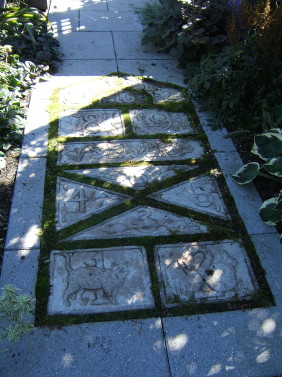
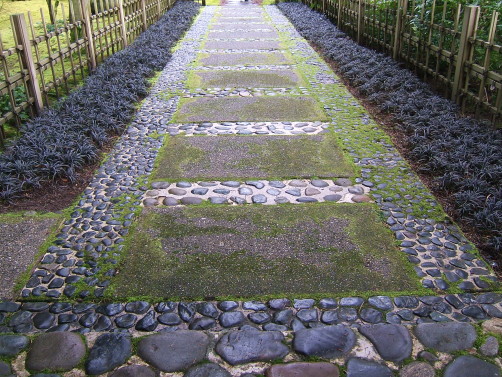
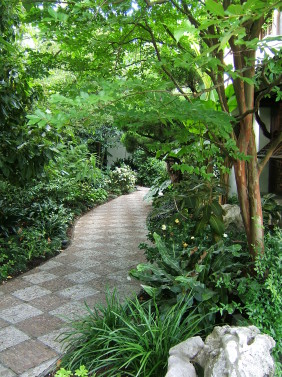
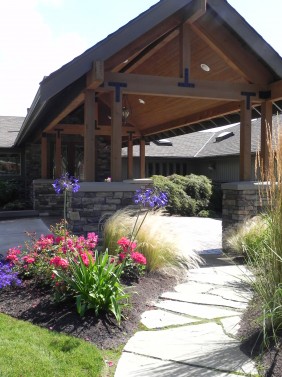
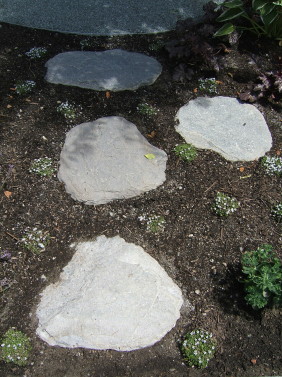
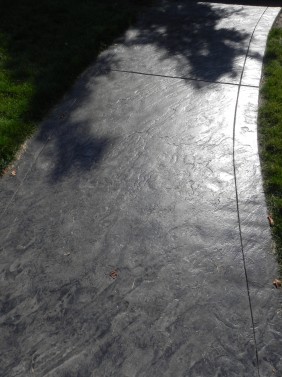
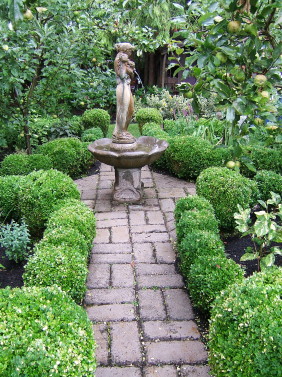
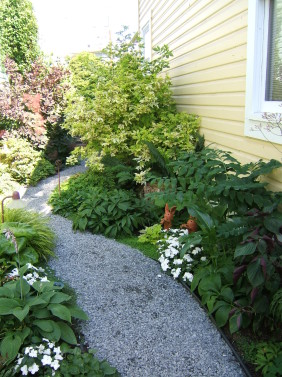
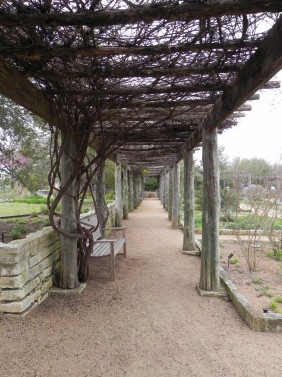
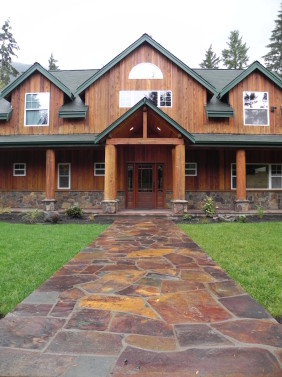



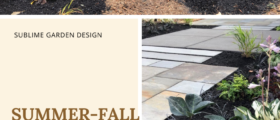
Pingback: How To Ideas On Garden Pathways - More Than Stepping Stones